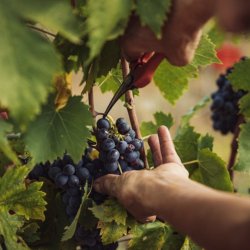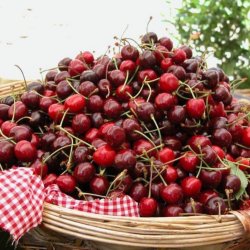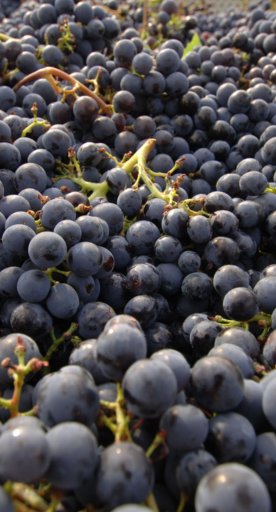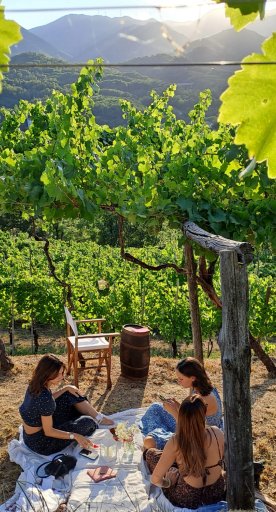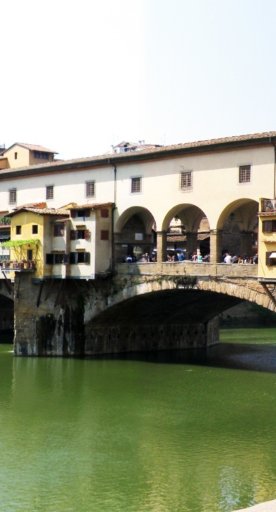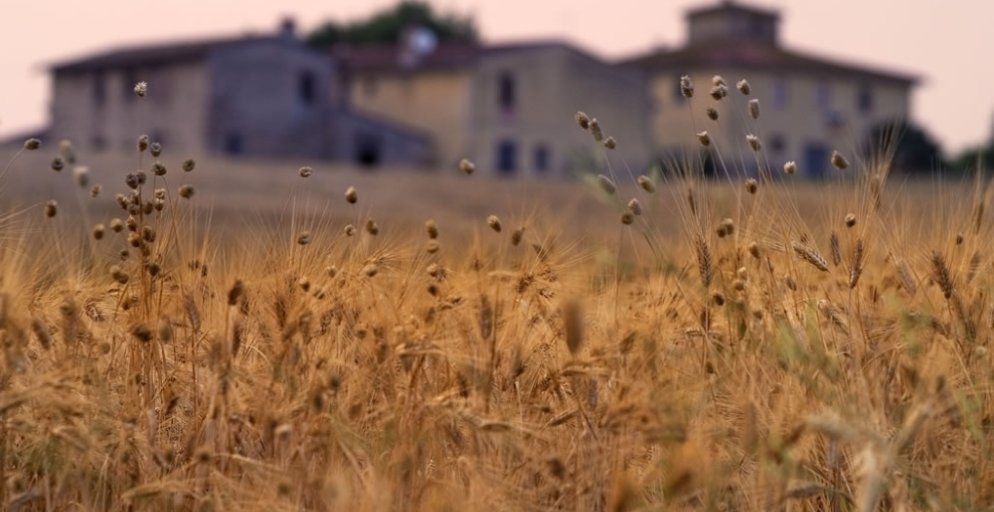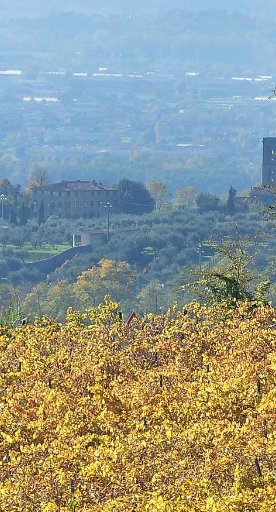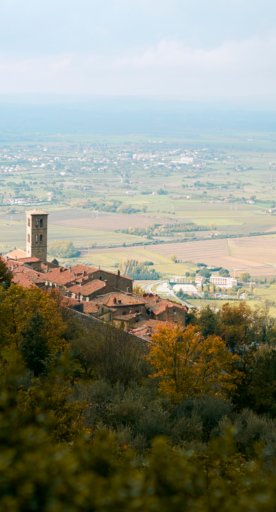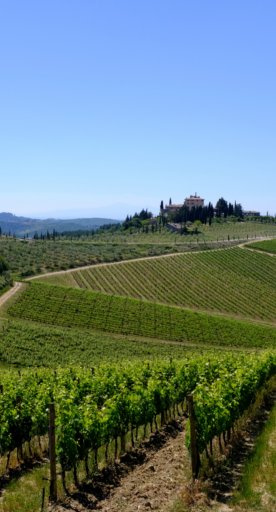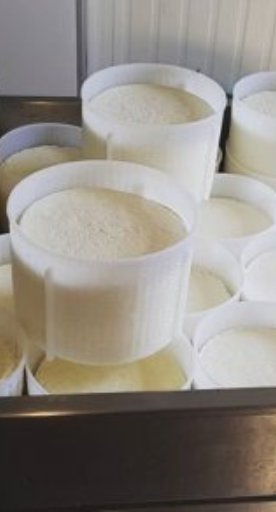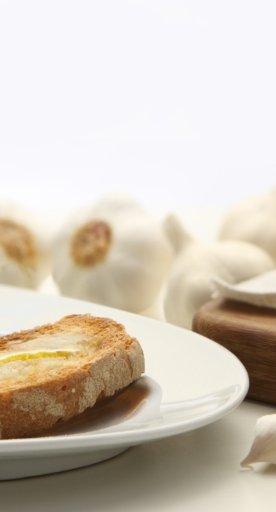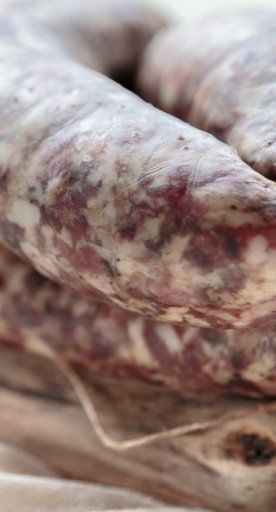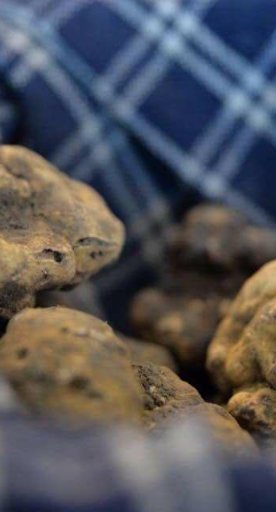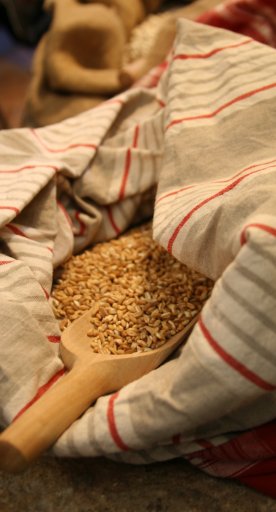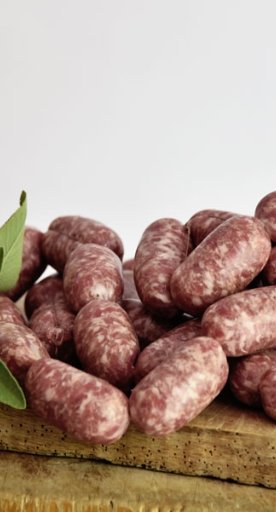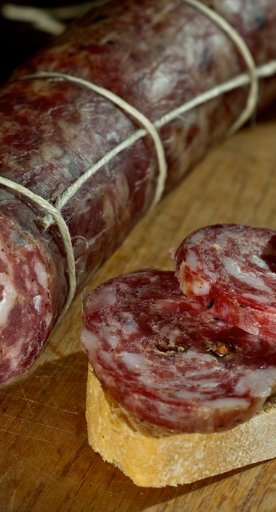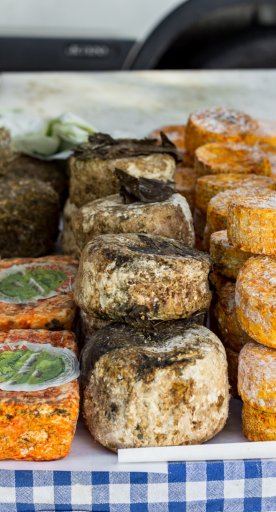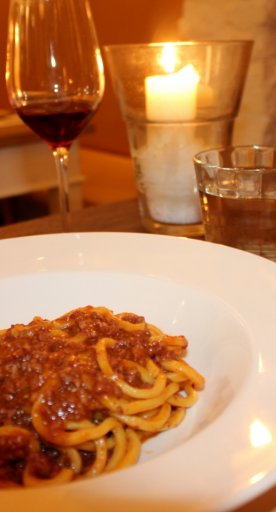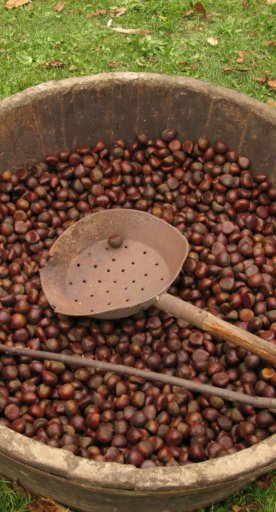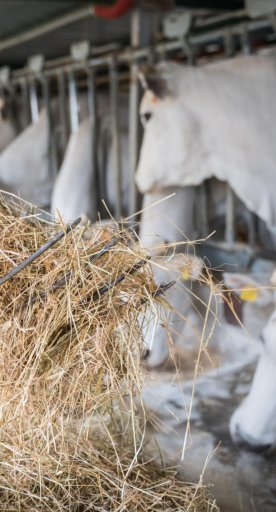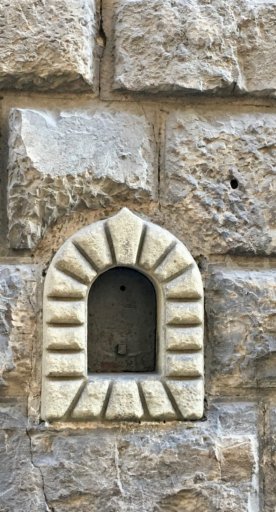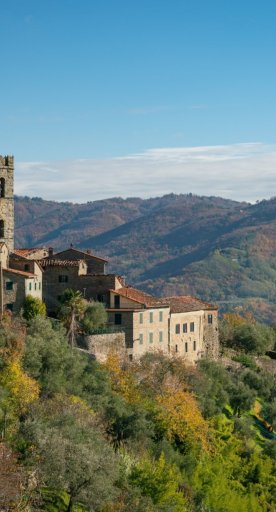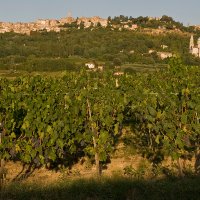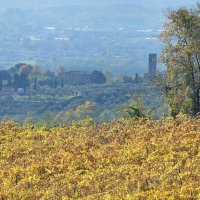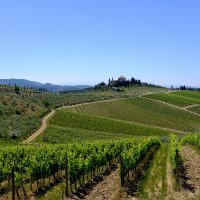
The best Tuscan vegetarian dishes
Discover traditional meatless recipes from Tuscan cuisine
Traditional Tuscan cuisine is comprised of simple, wholesome ingredients such as bread, extra-virgin olive oil, legumes and seasonal vegetables.
This is precisely why it is easy to find a completely vegetarian menu in restaurants and trattorias in the region. So, here is a selection of typical Tuscan meatless dishes and some recipes you can even try at home.
-
1.Winter and summer soups
-
2.Ravioli
-
3.Pici
-
4.Cecina
-
5.Spelt in salads and soups
-
6.Vegetarian sauces for pasta
Winter and summer soups
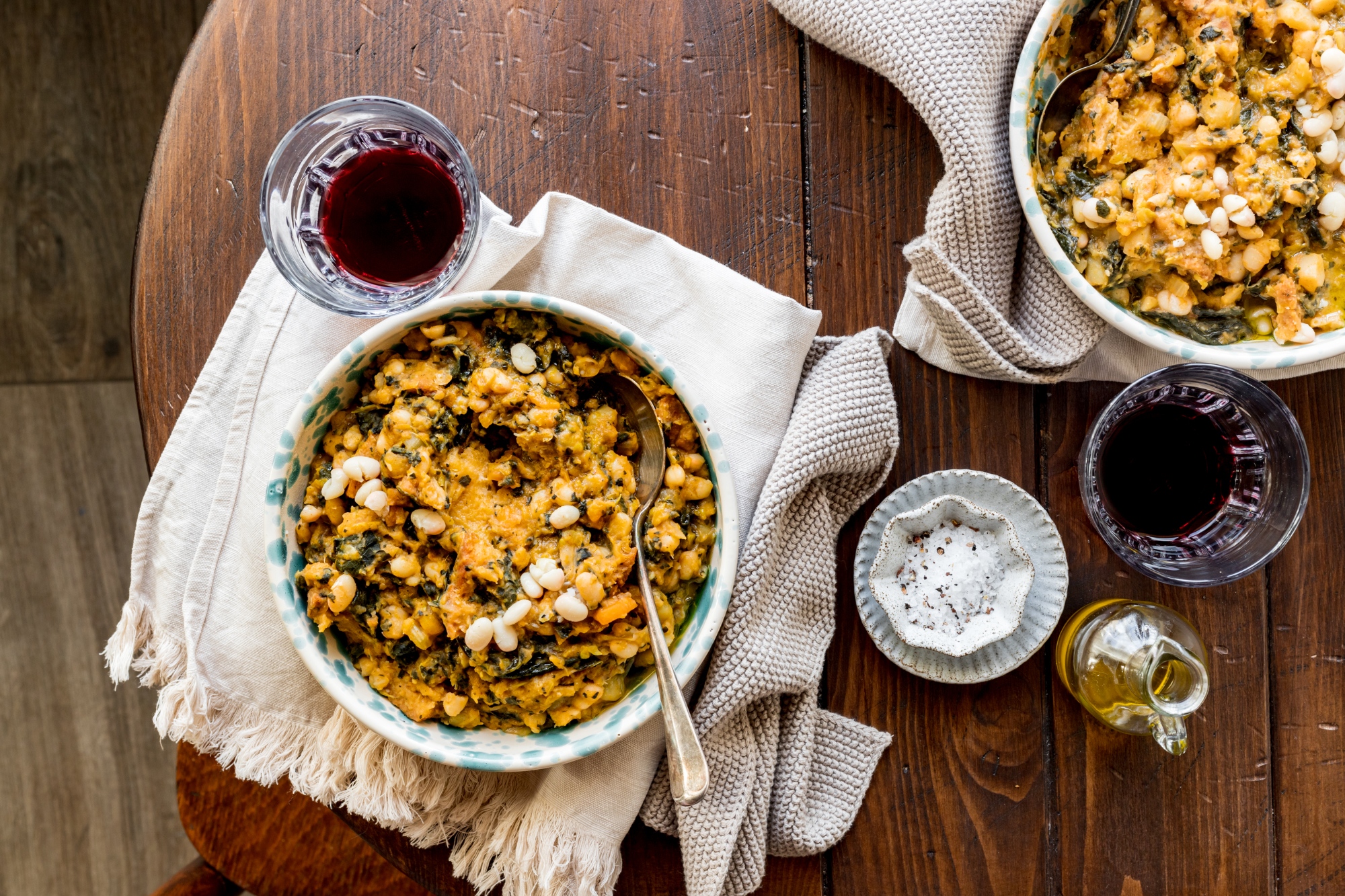
Soups are among the most representative dishes of Tuscan cuisine, with many of them featuring day-old bread, a symbol of a tradition that wastes nothing.
Ribollita is the queen of winter, as a hearty soup prepared with bread, seasonal vegetables and Tuscan kale, a must-have ingredient from the local vegetable garden.
With the arrival of summer, you can also enjoy Pappa al Pomodoro, a simple but flavorful dish created by combining bread, ripe tomatoes and extra-virgin olive oil.
Of Etruscan origin and typical of the Maremma, Acquacotta is a peasant dish that combines ‘poor’ ingredients such as water, onions, tomatoes, celery, carrots, bread and grated pecorino cheese, enriched with an egg and a drizzle of olive oil.
Finally, Panzanella is the queen of summer tables. This fresh, colorful salad is made with bread, tomatoes, red onion and basil, dressed with olive oil, vinegar and salt. Its name probably derives from bread (pane) and zanella, an ancient word for the bowl in which it was served.
Ravioli
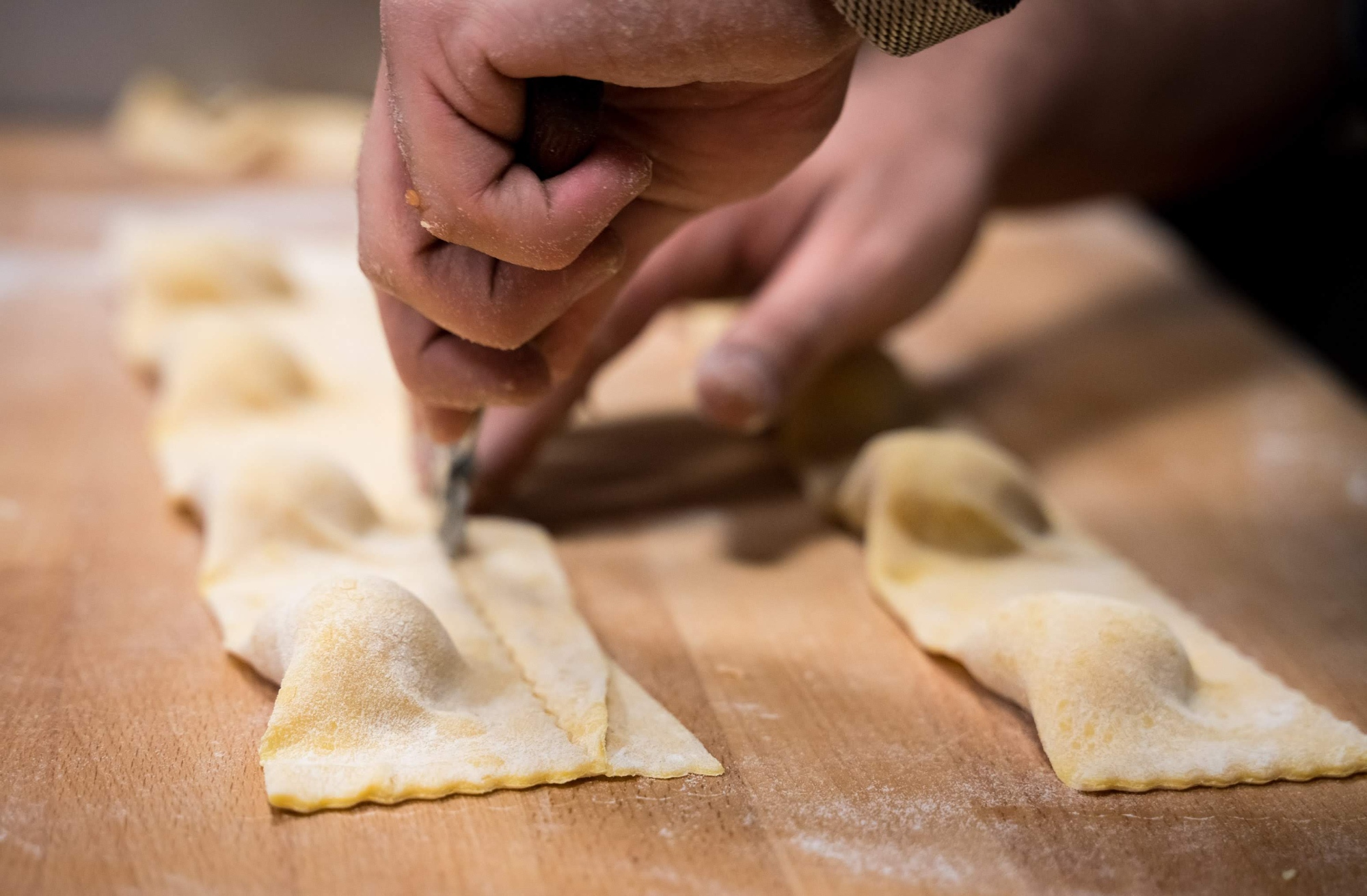
Tortelli (also called Ravioli) are a cornerstone of Tuscan cuisine: fresh hand-rolled pasta filled with simple, wholesome ingredients.
In the Mugello area, Tortelli di Patate with their soft and delicate filling of potato are famous, while in Maremma, the lighter but just as tasty version with ricotta and spinach prevails.
The most typical vegetarian condiment is butter and sage, which exalts the flavors of the filling with its delicate fragrance and a touch of homemade tradition.
Pici
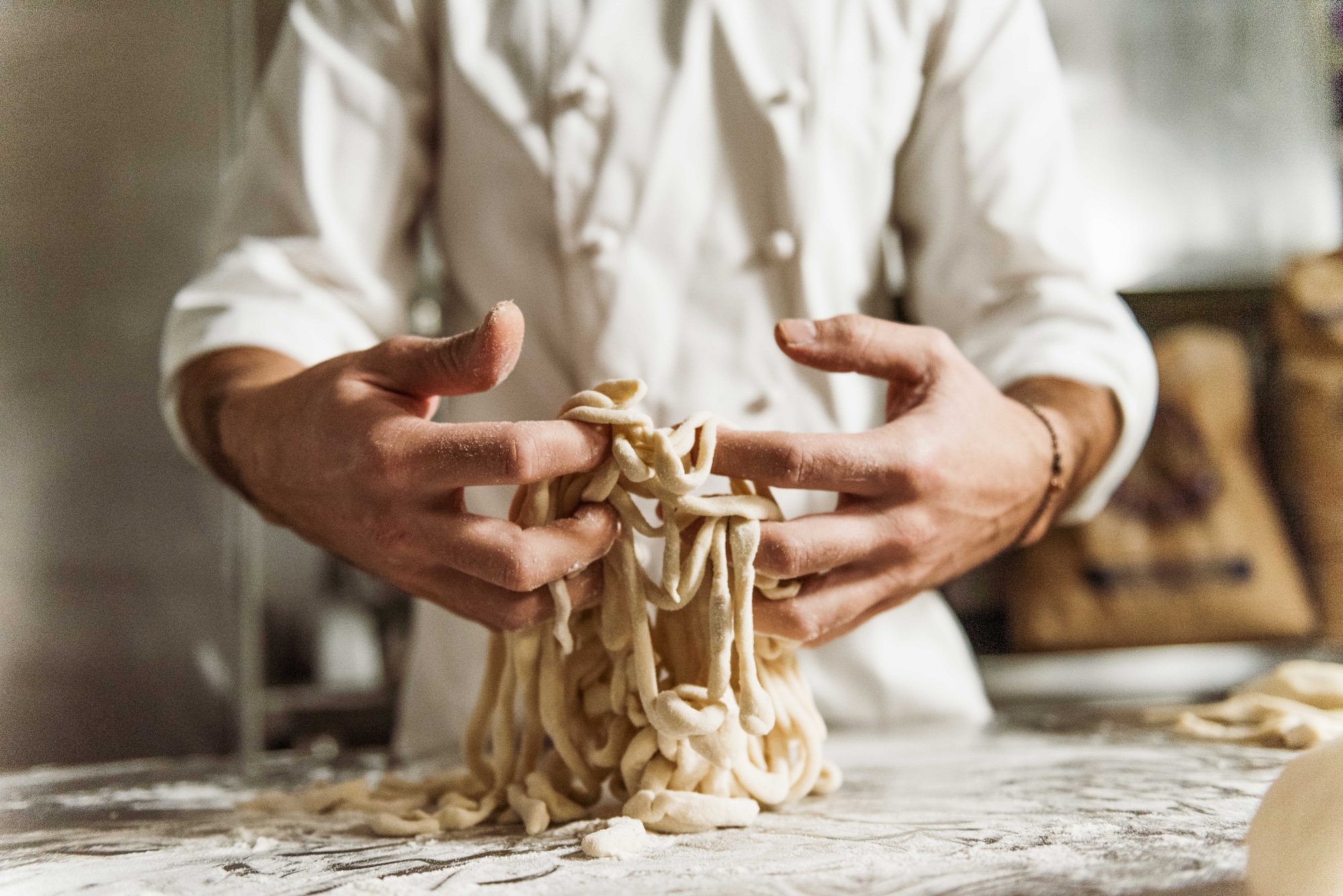
Pici are one of the most authentic traditional Sienese pastas. Similar to spaghetti but thicker and rolled by hand, they are made simply with flour and water, with no eggs added.
In Siena, Pici are served with 3 condiments symbolic of cucina povera (poor cuisine): sauce with aglione (a wild local garlic), bread crumbs toasted in extra-virgin olive oil or the classic Cacio e Pepe (cheese and pepper).
Simple, wholesome dishes that encapsulate all the flavor of rural tradition.
Cecina
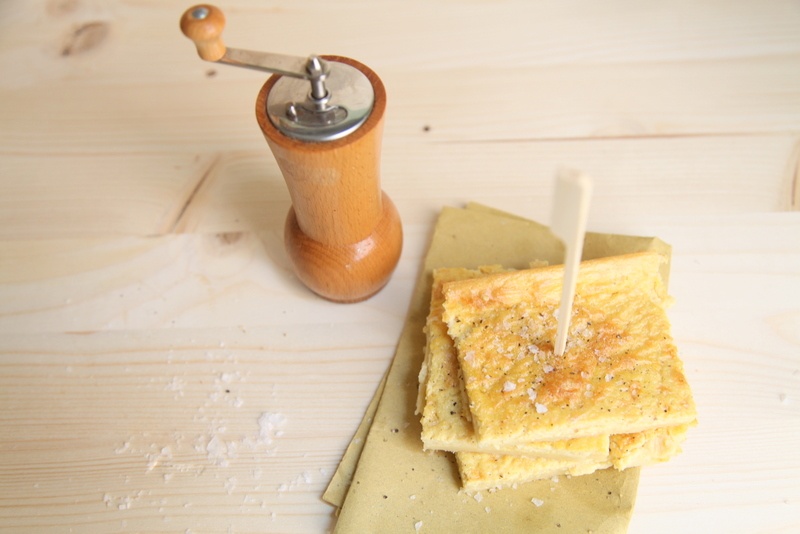
The torta di ceci (chickpea flan), or Cecina, is a simple and irresistible specialty. A thin golden flatbread, about half an inch thick, it is made with just chickpea flour, water, salt and extra-virgin olive oil.
Crisp on the outside and soft in the middle, it is a symbol of popular Tuscan cuisine and changes its name according to place: Cecina in Versilia and Pisa, Torta di Ceci in Livorno, Calda Calda in Carrara and Farinata in Liguria.
Spelt in salads and soups

Spelt, a very ancient grain already used by the Romans to feed the legions, is now one of the symbolic ingredients of Garfagnana (Lucca), where it has been cultivated for centuries.
The star of soups and salads, it is perfect for those seeking a healthy, wholesome dish full of authentic Tuscan mountain flavors.
Vegetarian sauces for pasta
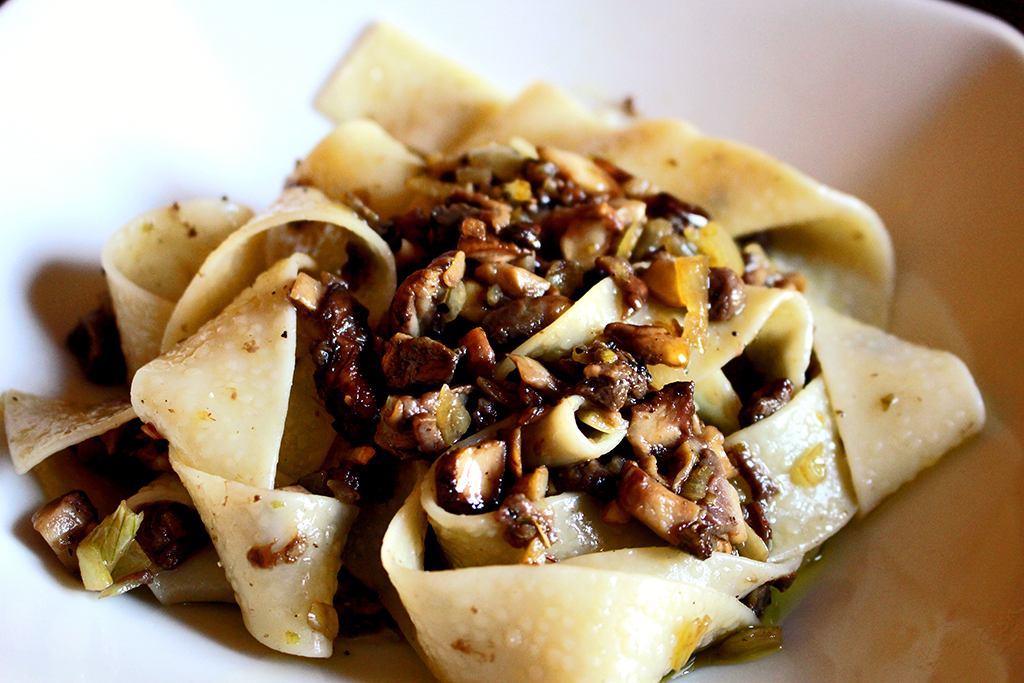
Pasta al Pomodoro (just pasta with a tomato-based sauce) is a great classic of Italian cuisine. Simple, fragrant and timeless, it encapsulates all the essence of summer thanks to ripe tomatoes, garlic and fresh basil.
Sugo Finto (literally, “mock sauce”), rather, is a traditional sauce made in the countryside, resembling meat sauce but completely vegetarian.
Prepared with tomatoes, sautéed vegetables and a glass of red wine, it was an ingenious way to create a richly flavored dish even in times of poverty.
And in the fall, you can enjoy delicious Tagliatelle ai Porcini, made with mushrooms, garlic and mint.
